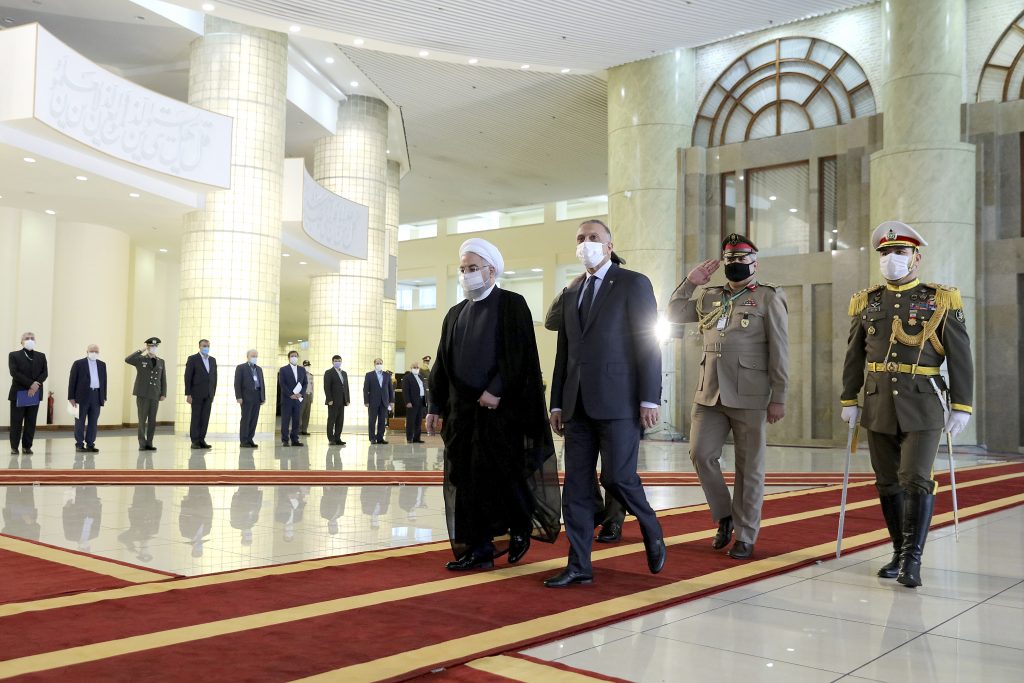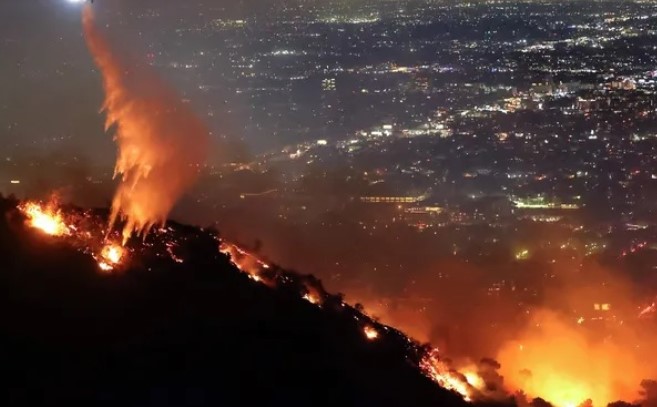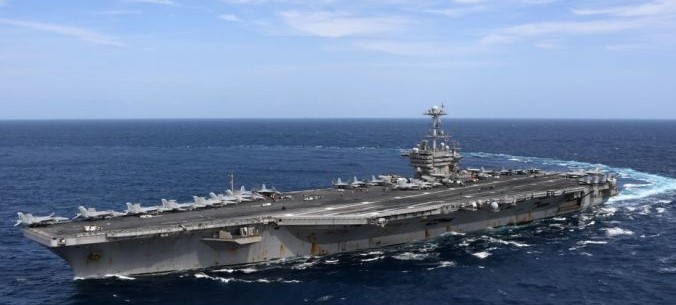
STRATEGIC ASSESSMENT- Baghdad-Iraq. After receiving Iranian Foreign Minister Mohammad Javad Zarif in Baghdad, Kadhimi was scheduled to visit Saudi Arabia on July 20, but the sudden illness of King Salman – possibly coupled with Saudi skepticism about the visit – downgraded the trip to a visit by several Iraqi ministers.
On July 21, Kadhimi went ahead with his visit to Iran, where Supreme Leader Ali Khamene’i used their meeting to reaffirm Tehran’s commitment to pressuring Iraq to expel U.S. forces. The Supreme Leader stated: ‘The Islamic Republic expects officials in Baghdad…to follow up on ousting Americans from Iraq because their presence sparks insecurity.’ He also threatened that Iran backed Iraqi militias would continue to attack U.S. forces both to force them out of Iraq and as retaliation for the January 3, 2020 U.S. strike that killed Islamic Revolutionary Guard Corps-Qods Force commander Qasem Soleimani outside Baghdad airport. Khamene’i went on to say: ‘They killed your guest…and openly confessed to their crime, and this is no minor issue…we will definitely respond to the Americans in kind.’ Khadimi made vague concessions to the Iranians, declaring that ‘Iraq will not allow the posing of any threat from its soil against Iran.’ Iran reinforced its message with several more militia attacks on US forces in Iraq before and since the Kadhimi visit.
Even though the Kadhimi visit to Saudi Arabia might not be rescheduled, the United States and Saudi Arabia remain aligned in trying to reduce Iran’s regional clout by moving Iraq out of Tehran’s orbit and into the Arab fold. Over the past few years, the Kingdom has engaged not only Sunni Muslims in the Iraqi power structure but also nationalist Shia leaders, particularly the prominent cleric Moqtada Al Sadr. In advance of the aborted Kadhimi visit, Saudi Deputy Defence Minister Khaled bin Salman said on Twitter that Iraq ‘comprises an important strategic depth for the kingdom.
’ The Kingdom also might have sought Kadhimi’s mediation of a reduction of tensions between Iran and the Kingdom. In Saudi Arabia, Kadhimi was to discuss plans to connect Iraq to the electricity grid of Saudi Arabia and other Gulf Arab monarchies. That plan is central to the U.S. effort to wean Iraq from its dependence on Iranian electricity and natural gas, and the Trump administration has only reluctantly provided Iraq with sanctions waivers to continue paying Iran for electricity. Yet, the Gulf states have not completed the necessary infrastructure to link to Iraq’s grid.
Whereas Saudi efforts to engage Iraqi leaders have had mixed results, the United States has more leverage over Iraq than any regional state aside from Iran. The United States established the current regime by militarily ousting Saddam Hussein, U.S. forces helped Iraq combat the Islamic State challenge in 2014, and there are still over 5,000 U.S. troops in Iraq advising Iraqi forces against Islamic State remnants.
Kadhimi’s upcoming visit to Washington – as part of the new U.S.-Iraq Strategic Dialogue – might reveal how much influence the United States will have in Iraq going forward. Gen. Kenneth McKenzie, the commander of U.S. Central Command (CENTCOM), in interviews in advance of the second Dialogue meeting, indicated that U.S. officials are aware of the Iran-backed Iraqi Shia pressure on Kadhimi to fulfill their demands to ask U.S. forces to leave Iraq.
Anticipating that Kadhimi might decide to reduce U.S. force numbers, McKenzie stated: ‘We can get the job done [against the Islamic State] with fewer U.S. forces in Iraq, and the reduction will be done in close consultation with everyone.’ A reduction of the number of U.S. forces in Iraq would inevitably result in diminished U.S. influence in Iraq. Tehran’s leaders are calculating they can outlast the United States and its Gulf allies in the competition to move Iraq into their competing spheres of influence (TSC).





